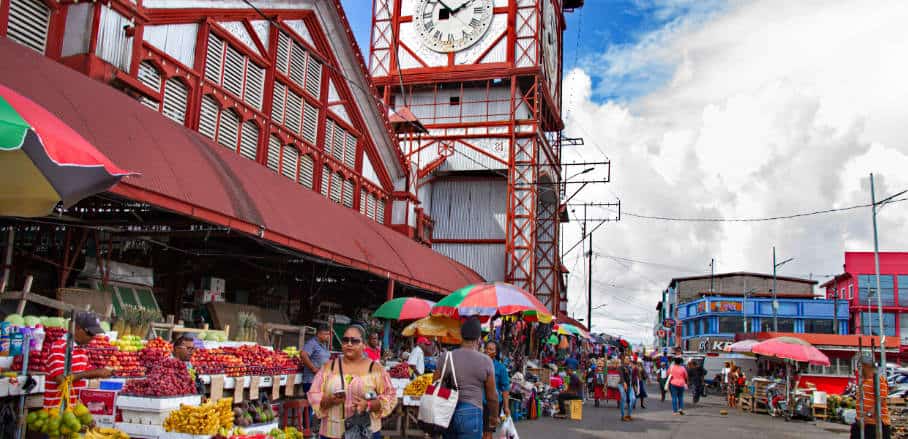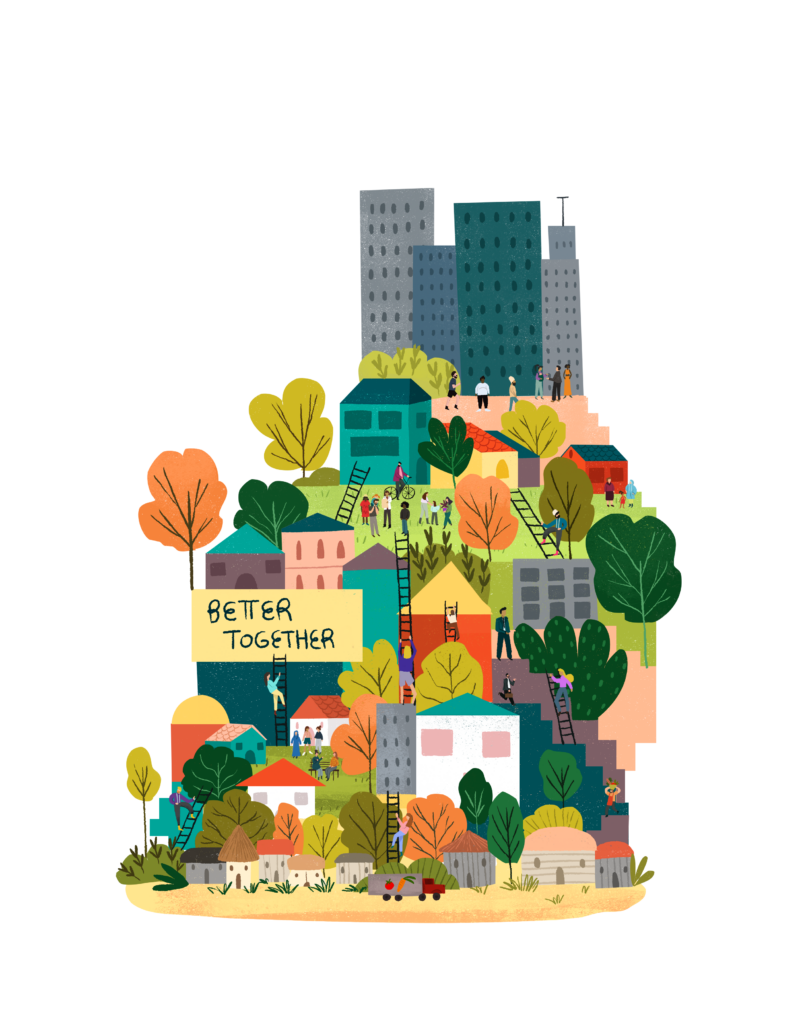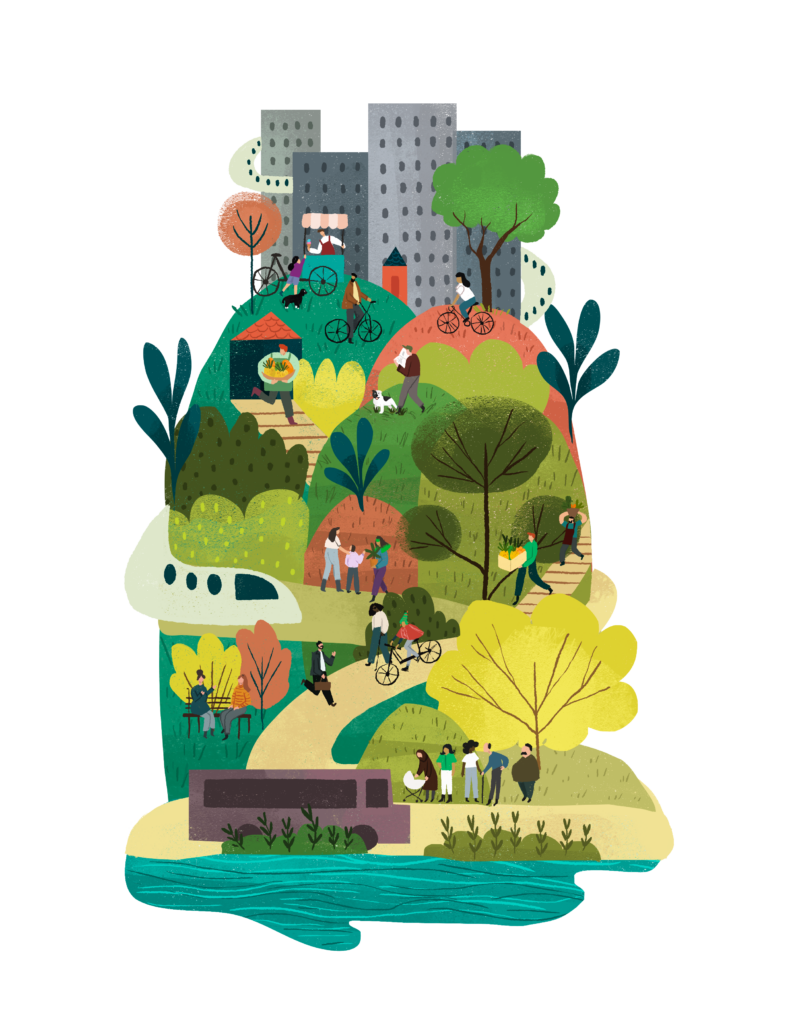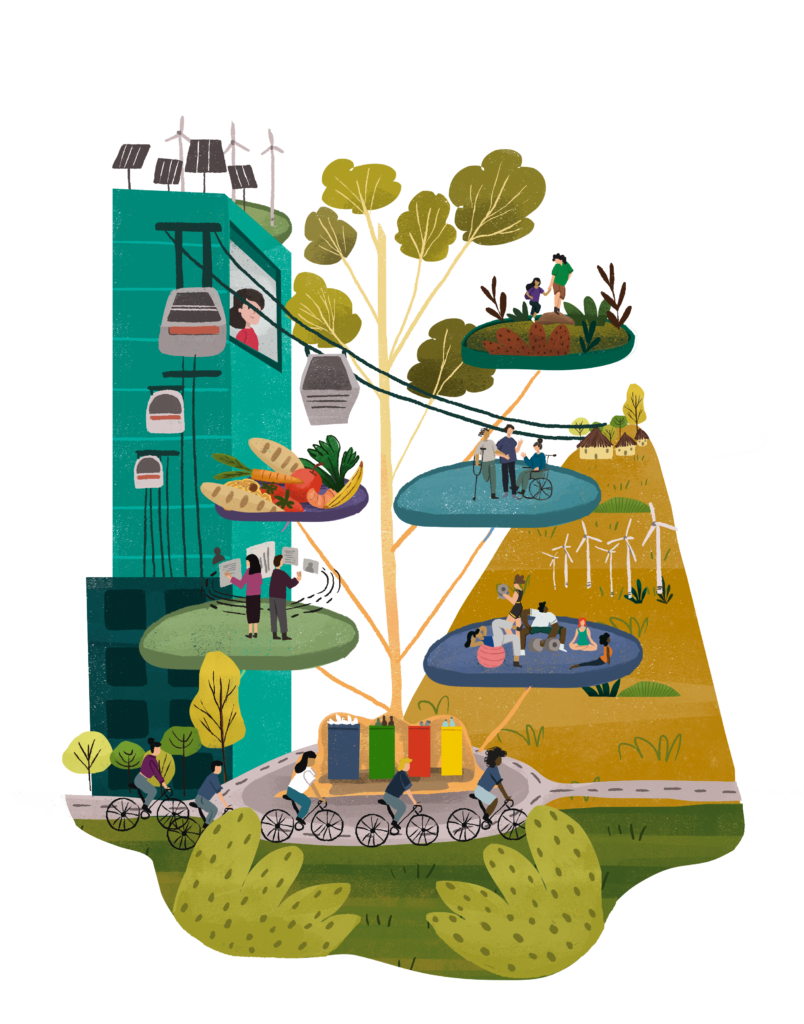The World Cities Report – Which Road Will We Take?
Ben Arimah presents UN-Habitat’s World Cities Report 2022, the crossroads we’re at, and the options we’ve got.
The world’s cities are at a crossroads. They could go forwards, backwards, or stay where they are. To a large extent, they were brought to a halt for two years by COVID-19. As major population centres, cities bore the brunt of the pandemic, just as they bear the brunt of most crises, whether related to poverty, the climate emergency, or conflict. Confidence is now returning to urban life, even though the pandemic persists in many parts of the world and the economic effects could be felt for years to come.
But there is danger that we will ignore the opportunity presented by the global pause enforced on urban life: the opportunity to reassess how we plan and develop urban areas, how we rebuild and revive in a more healthy, green, and equal fashion. This is an opportunity that mustn’t be missed because we are still urbanising fast.
Let’s look at some numbers: over the next three decades, the share of the global population living in cities will rise from 56 per cent in 2021 to 68 per cent in 2050. Today, 4.2 billion people live in cities; that number is growing by 1.5 million each week. The world’s cities account for 80 per cent of global GDP but more than 60 per cent of greenhouse gas emissions. Their future will therefore determine the quality of the world’s future.
World Cities Report 2022 – Envisaging the Future of Cities
In UN-Habitat’s new World Cities Report 2022 – Envisaging the Future of Cities, we identify three scenarios, or three paths, that the world’s cities could take at this critical juncture.
- In the worst-case or “high damage” scenario, we assume that policy-making and governance will become even weaker and more ineffective. The destructive effects of the pandemic, climate change, inequality, poverty, and long-running conflicts, if not adequately addressed, will have disastrous consequences for cities in both developed and developing countries, though the latter would suffer most because of existing vulnerabilities. If 80 per cent of the economic damage inflicted by COVID-19 persists for a decade, then the number of people living in poverty could increase by more than 200 million by 2050.
- The middling, or “pessimistic scenario”, foresees a reversion to the status quo before the pandemic. This business-as-usual approach would be characterised by exploitation and exclusion of informal sector workers, systemic discrimination of the urban poor, unimaginative policies and poor implementation on the climate crisis, public transport, or urban regeneration programmes and renewal. Cities could be locked into cycles of poverty, poor productivity, unhealthy living conditions and become inequality traps for decades.
- The report, however, also envisages an optimistic future. Governments and donors would invest in urban development sufficiently to create just, resilient, healthy, and prosperous cities everywhere. By 2050, there could be 260 million people lifted out of poverty compared to the pre-COVID baseline. National governments would embrace peace and diplomacy to resolve their differences rather than pursuing military action, avoiding drastic global economic consequences such as those inflicted on the supply of food and energy by the war in Ukraine. Governments would manage the remainder of the COVID-19 pandemic competently, balancing health outcomes and economic recovery, and thus smoothing out global supply chains. They would also prepare adequately for the next pandemic.
- Illustration from the World Cities Report 2022, Chapter 3 © UN Habitat
- Illustration from the World Cities Report 2022, Chapter 1 © UN Habitat
- Illustration of the World Cities Report 2022, chapter 5 © UN Habitat
Which Route Will Cities Take?
Wouldn’t it be amazing if global, regional and urban leaders took the optimistic, visionary route? The good news is that we know how to do this. It is all set out in the New Urban Agenda (NUA) drawn up by UN-Habitat in 2016 and endorsed by the UN General Assembly. It sets a new global standard for sustainable urban development, a roadmap for building cities that can serve as engines of prosperity and centres of cultural and social well-being while protecting the environment. It requires new urban rules and regulations, improved urban planning and design, and municipal finance.
Though complemented by other resolutions and strategies, such as the UN’s 2030 Agenda for Sustainable Development, and the Paris Agreement on Climate Change, NUA is the only regime offering a global vision with urbanisation at the heart of positive change. These ideas were discussed, debated, and re-energised at the 2022 World Urban Forum, a biannual event organised by UN-Habitat, constituting the biggest global conference on sustainable urban development.
There are worrying signs from this early post-pandemic period. The economic shocks of COVID-19 are enduring, while the war in Ukraine is damaging global supplies of energy and food, affecting not only the immediate region but developing countries. Highly destructive conflicts persist in Yemen and Syria. The danger is that we are not heading towards this brighter future, but to one of darkness and struggle.
We urgently must take the right path, before it is too late.
- The World Cities Report – Which Road Will We Take? - 16. August 2022



